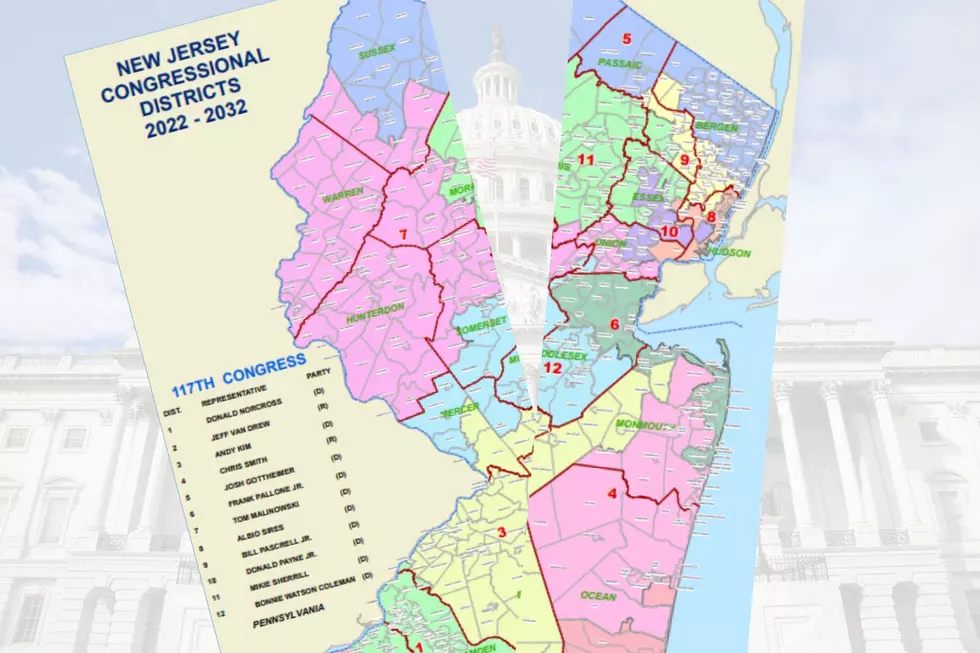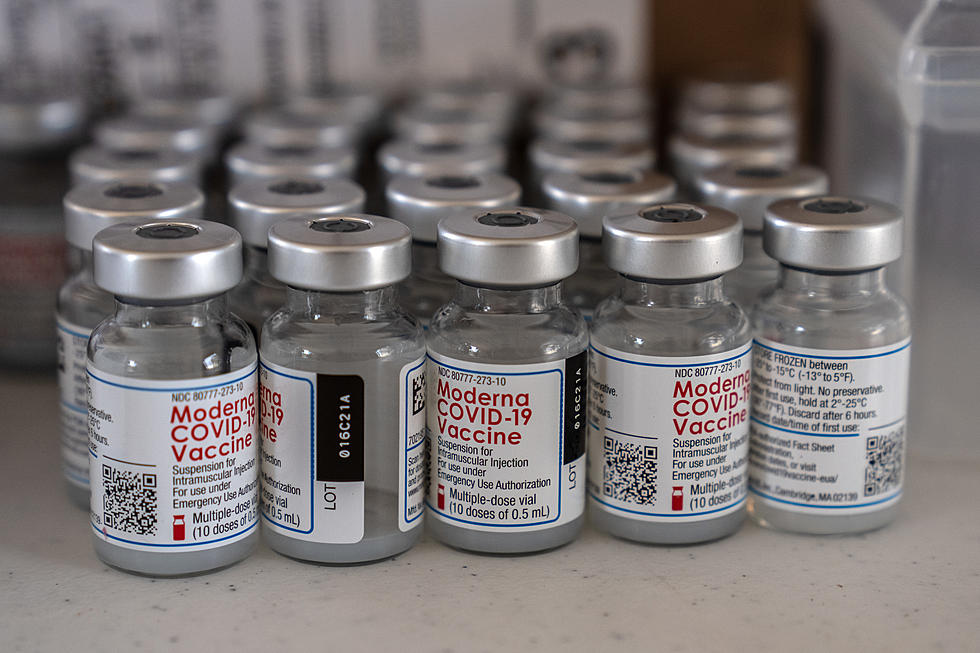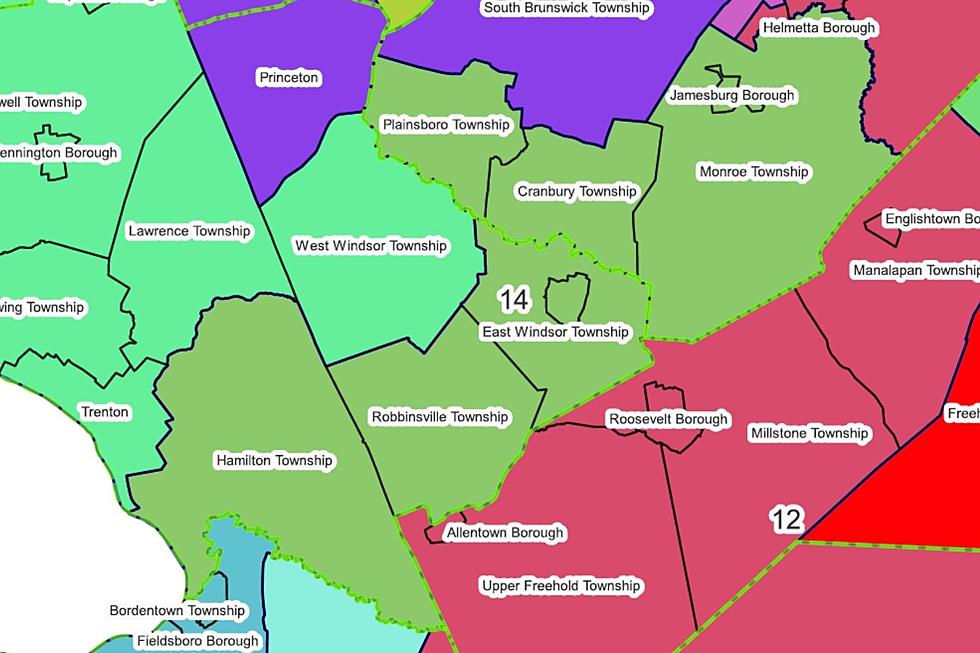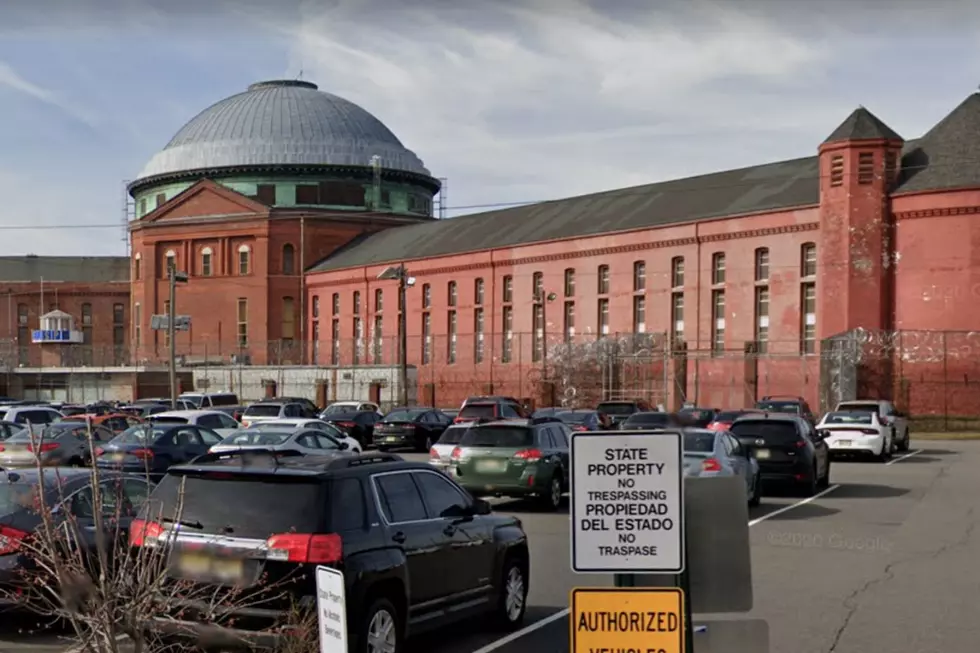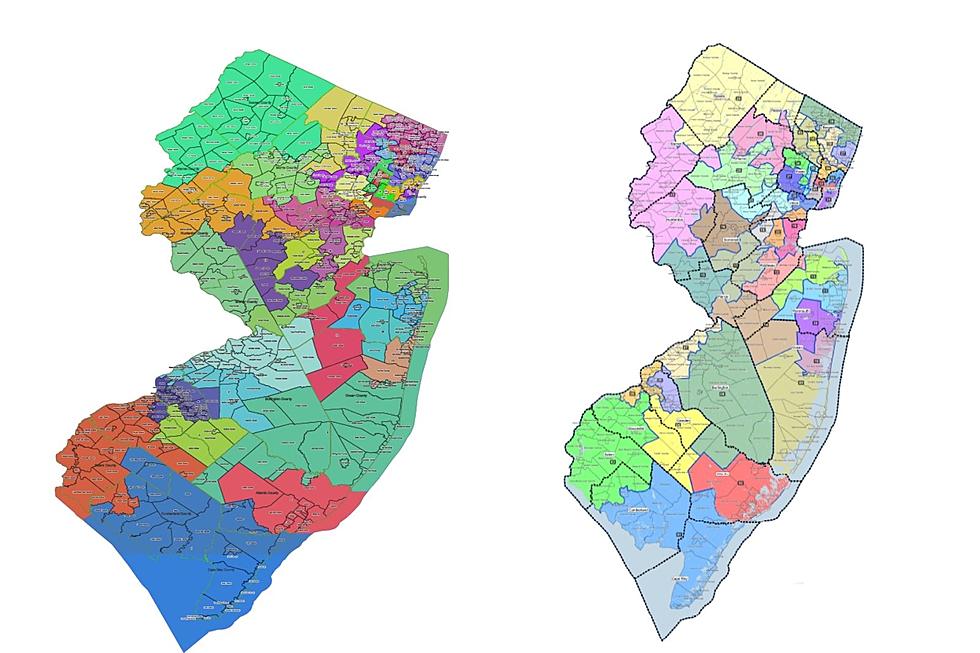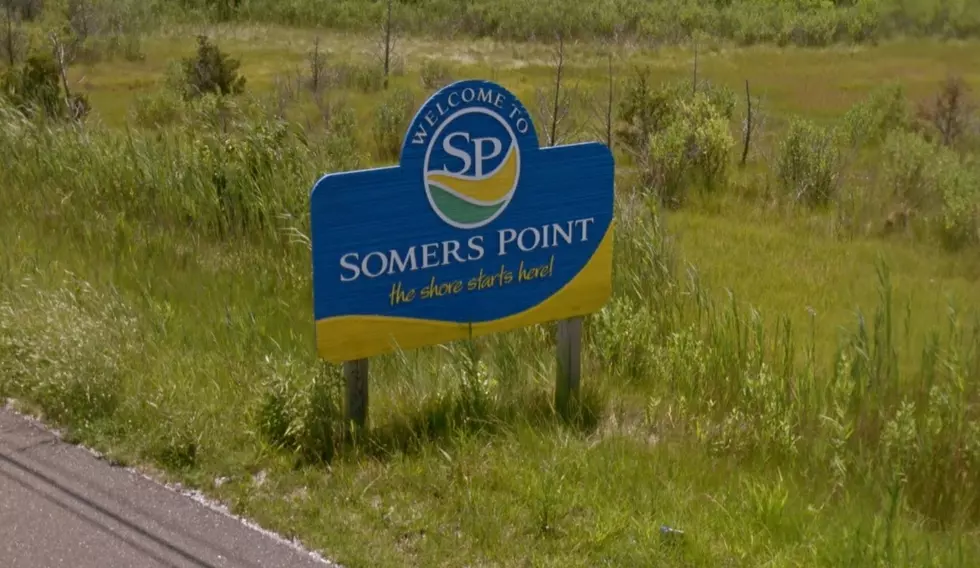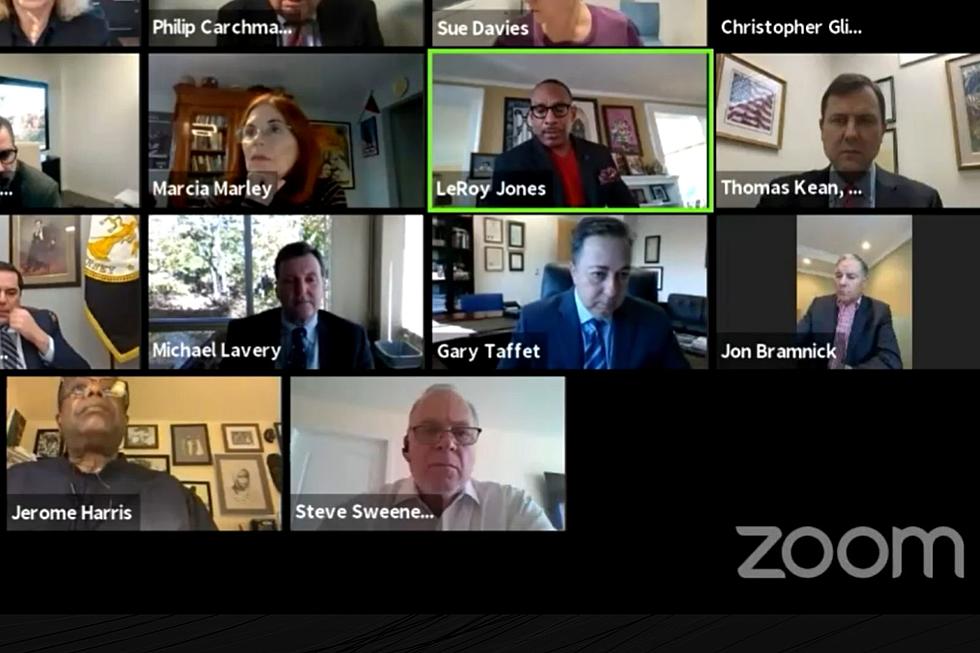
NJ Set to Move – On Paper Only – 38,000 Inmates for Redistricting
TRENTON – A new state law that reallocates inmates in New Jersey back to their hometowns for redistricting purposes could remove more than 38,000 people from the population counts of 94 municipalities, including 10 that drop by more than 1,000.
Not yet determined are which congressional districts, legislative districts, and municipalities will gain most from the on-paper reassignment of federal, state, and county prisoners back to their former home addresses. Those details might not be announced by the state until early October.
But a New Jersey Policy Perspective report analyzing Census 2020 results shows where the biggest subtractions are set to happen on that half of the equation, including Congressional Districts 2, 3, and 10, which are home to some state prisons and the federal correctional facility at Fort Dix.
“Those are the biggies, and those all have at least 1% of their population listed as incarcerated,” said Peter Chen, senior policy analyst for New Jersey Policy Perspective.

At the state level, the biggest impact is in the 29th Legislative District in Newark, where 3.7% of the population, 9,349 residents, are counted as incarcerated, mostly in facilities in the city’s East Ward. Districts 1 and 3 in South Jersey and districts 12 and 15 in Central Jersey are next most affected.
“A facility that has a few thousand people matters a lot more for a legislative district than it does for a congressional district in terms of how much it moves the population,” Chen said.
In the past, inmates were counted at the location where they are incarcerated – a practice that gets criticized as ‘prison gerrymandering’ because it bestows outsized political power in the municipalities that are home to prisons but where inmates aren’t part of civic life.
“They’re not voting in that community. They’re not using the municipal services of that community. And you have some situations where some towns’ populations are severely inflated because of the presence of correctional facilities in their town borders,” Chen said.
“If we take somewhere like Maurice River down in Cumberland County, which has almost half of its population incarcerated in the facility in the town, that creates some inflated political power for that community even though the people who are living there don’t really have a say in how that political representation plays out,” he said.
Maurice River is home to Bayside State Prison and the Southern State Correctional Facility. Of its 6,218 residents in the 2020 Census, 3,034 were incarcerated.
Similarly in Burlington County, 3,585 of 6,367 residents in New Hanover and 3,064 of 9,422 in Chesterfield are inmates.
Laws enacted this year and last year change that allocation going forward. Any inmate with a previous address in New Jersey will be redistributed back to that community for redistricting counts. Anyone without an address in the state, or without a known address, won’t be added to any district.
“The idea here is if somebody is going back to a community in five years, 10 years, however long, that community should be the one that has that person’s representation within its count,” Chen said.
Chen said the change will have “more of a marginal influence” for redrawing the congressional map.
“Even the fact that the three congressional districts with the most incarcerated population are around 1%, this is not going to be a huge difference. But it is correcting sort of a historical injustice,” he said.
It will matter more for state legislative districts and even more within counties and municipalities, in places with political subdivisions that are supposed to have equal populations.
“Those are changes that I think will be more dramatic because ward and local populations tend to be smaller,” Chen said.
Chen said that because the prison population is disproportionately Black and Hispanic, the reallocation of inmates could affect map boundaries to meet the redistricting goal of providing fair opportunities for minority populations to choose their elected officials that reflect their interests.
Census 2020: The 20 biggest places in New Jersey
NJ towns and their nicknames
More From WPG Talk Radio 95.5 FM

